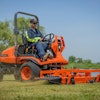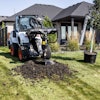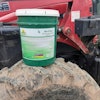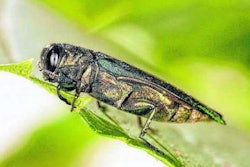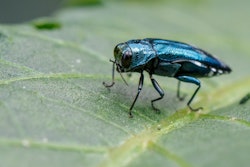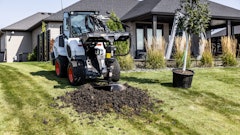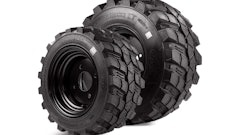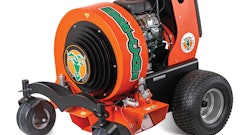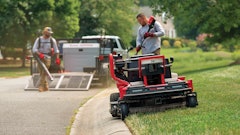Cornell University researchers have confirmed two new spot infestations of the emerald ash borer in New York state: one in South Buffalo, in Erie County for the first time, and the other in Rochester, in Monroe County, where the ash tree-destroying beetle was first seen in 2010.
The green iridescent insects have infested no more than one dozen trees at each location, though experts are unsure how long the beetles have been there.
In Buffalo, a park worker discovered the beetles in trees in South Park on June 9, the day after he attended a training to detect the beetles. The worker’s supervisors reported the finding to the New York State Department of Environmental Conservation, which, in turn, contacted Mark Whitmore, a Cornell forest entomologist. Whitmore visited the site June 10 to collect three adults, which were officially confirmed as emerald ash borers.
Trained park workers in Rochester similarly sighted ash borers in trees in Rochester’s Upper Falls Park on St. Paul Street June 10, which Whitmore also visited that same day.
The emerald ash borer, first detected in New York state in 2009, has been detected in eight counties, mostly in western New York, and has devastated tens of millions of ash trees throughout the Midwest. The ash borers can kill a tree in two to three years, incurring removal costs of more than $1,000 per infested or dead tree.
How to control the spread
Early detection is key to controlling the ash borer’s spread. If infested trees are detected early, state environmental conservation workers will cut down the trees and grind them and the beetles. Then, workers will girdle clusters of a few healthy ash trees, weakening them and making them attractive “population sinks” for the beetles. When those become infested, they too will be cut down and ground up. Entomologists may also apply chemicals to kill the insects.
